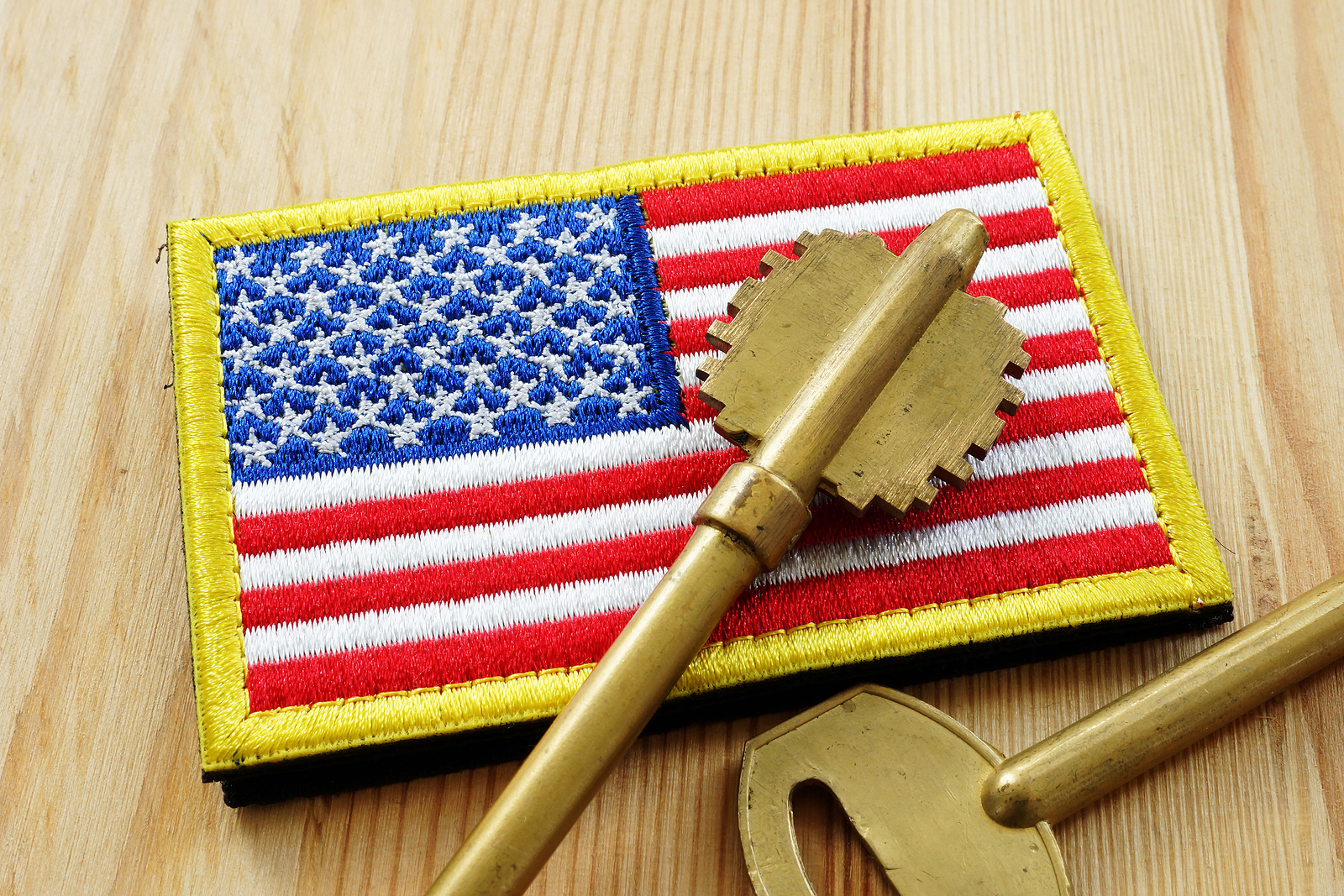World War II defined the 1940s in the U.S. With the return of our soldiers came the Boom – the Baby Boom generation. Our men required homes to house all those kids and President Roosevelt came through for them by creating The Servicemen’s Readjustment Act, more commonly called the GI Bill.
The bill generated college tuition and home loans for the men who served this country on the battlefields. In fact, $33 billion in home loans were issued to veterans.
The United States Department of Veterans Affairs is one of only two government entities that provide guarantees for no-down payment home mortgages (the other is the United States Department of Agriculture).
The VA doesn’t directly loan money; it guarantees conventional lenders that a portion of the loan will be repaid in the event the borrower defaults. This assurance allows lenders the ability to offer our veterans more attractive mortgage rates and terms.
November is when we celebrate both National Veterans and Military Families Month and Veterans Day (November 11).
What better time to dive into the housing benefits provided to our nation’s heroes? And, although the VA has a number of loan programs, one of the more difficult to obtain is the construction loan.
The Challenge
Although they are allowed by law, many lenders hesitate to make construction loans for VA loans because of the risks involved, such as construction disputes.
If you want to act as your own contractor you’ll most likely need to find construction financing outside of the VA and, when construction is complete, obtain a VA loan to refinance the construction loan.
This is not to say it’s impossible to find a lender willing to underwrite a construction loan, but it may be challenging.
Overview
Like all government programs, the VA home construction loan has specific requirements about who can receive the guarantee. The program also has specific builder tasks.
To qualify for the VA construction loan program, an applicant must be any of the following:
- A United States veteran
- Active duty service man or woman
- Current Reserve member with at least six years of service
- Current Guard member with at least six years of service
- Surviving spouse
- A current or former Commissioned Officer of the Public Health Service and National Oceanic and Atmospheric Administration
Additionally, the applicant must have:
- Separated from the service under other than dishonorable conditions
- Decent credit
- Sufficient income to make the mortgage payments
- A valid Certificate of Eligibility (COE)
Finally, the veteran or surviving spouse must intend on living in the home.
The Construction Loan
There are two types of VA construction loans:
- One-time close (or single close) loans which is “… used to close both the construction loan and permanent financing at the same time, according to the VA’s Circular 26-18-7. “The permanent financing is
established prior to construction, and the final terms are modified to the permanent terms at the conclusion of construction,” they conclude.
- Two-time close construction loans. As the name implies, this loan includes two closings, one before the start of construction of the home and “… a second closing where permanent financing is used to take out, or replace the initial loan.”
The beauty of the loan, other than the fact that it doesn’t require a down payment, is that the veteran doesn’t begin making payments until the home’s construction is completed.
Builder Responsibilities
The builder of your new dream home has certain VA-mandated fees to pay during the home’s construction. These include:
- Paying the interest while the home is being built
- Commitment fees
- Inspection fees
- Title fees
- Insurance
Application Process
Just as veterans who apply for an existing home mortgage, those planning on building need to get their Certificate of Eligibility (COE). Many lenders can obtain the COE for you, so check with your lender first. You can also get a COE through the VA website by clicking here.
You’ll also need proof of military service. DD/214 separation documents are the best way to provide this proof and you can submit your request for the records online or by fax or mail.
The process is a little different for surviving spouses. They need to use VA Form 26-1817, Request for Determination of Loan Guaranty Eligibility – Unmarried Surviving Spouses which can also be found at the VA website.
If you have questions about the VA construction loan, contact the VA Regional Loan Center nearest you.

